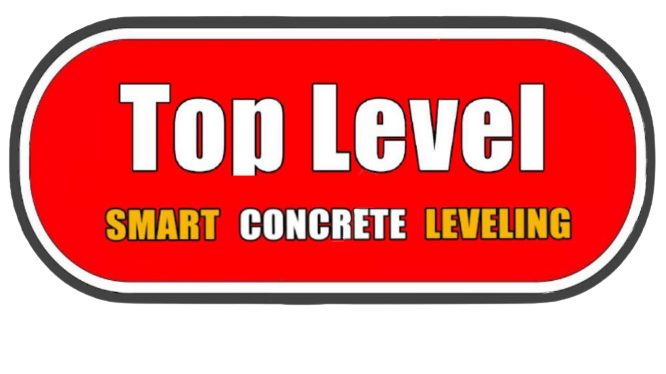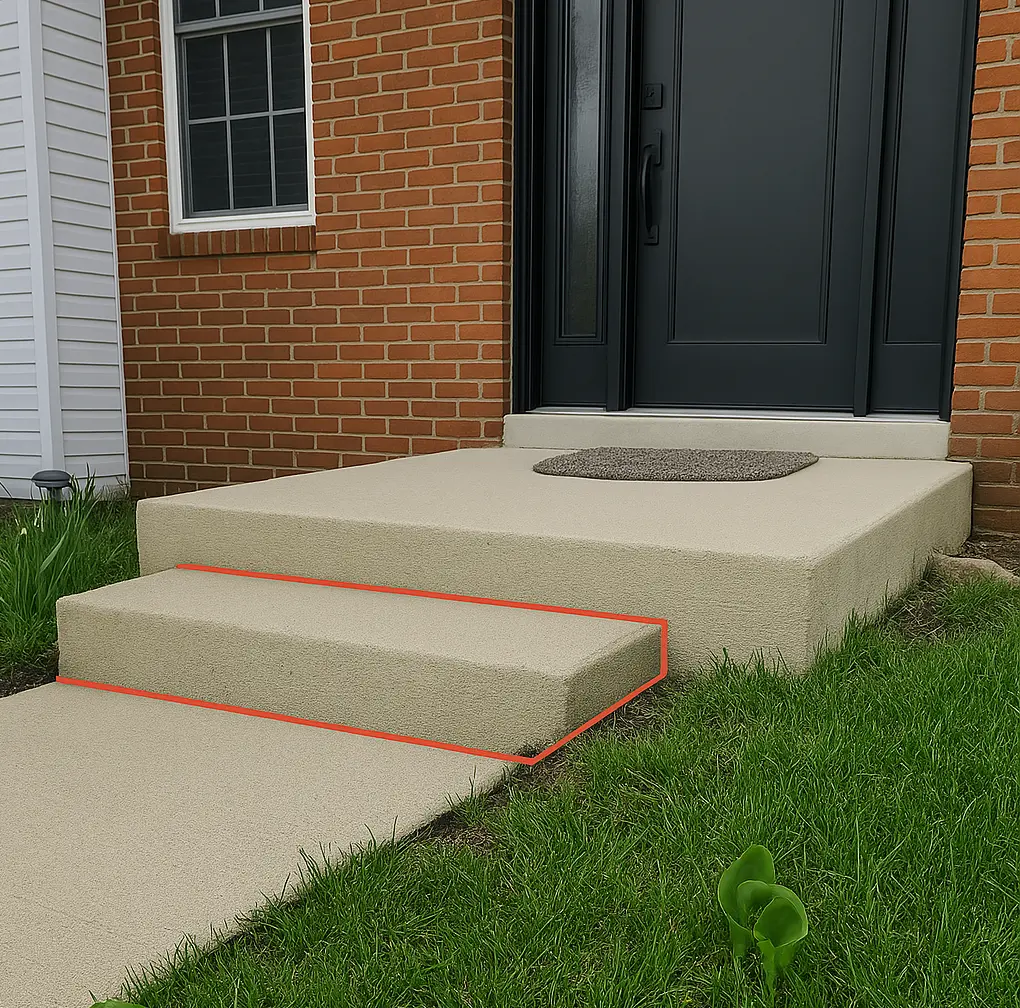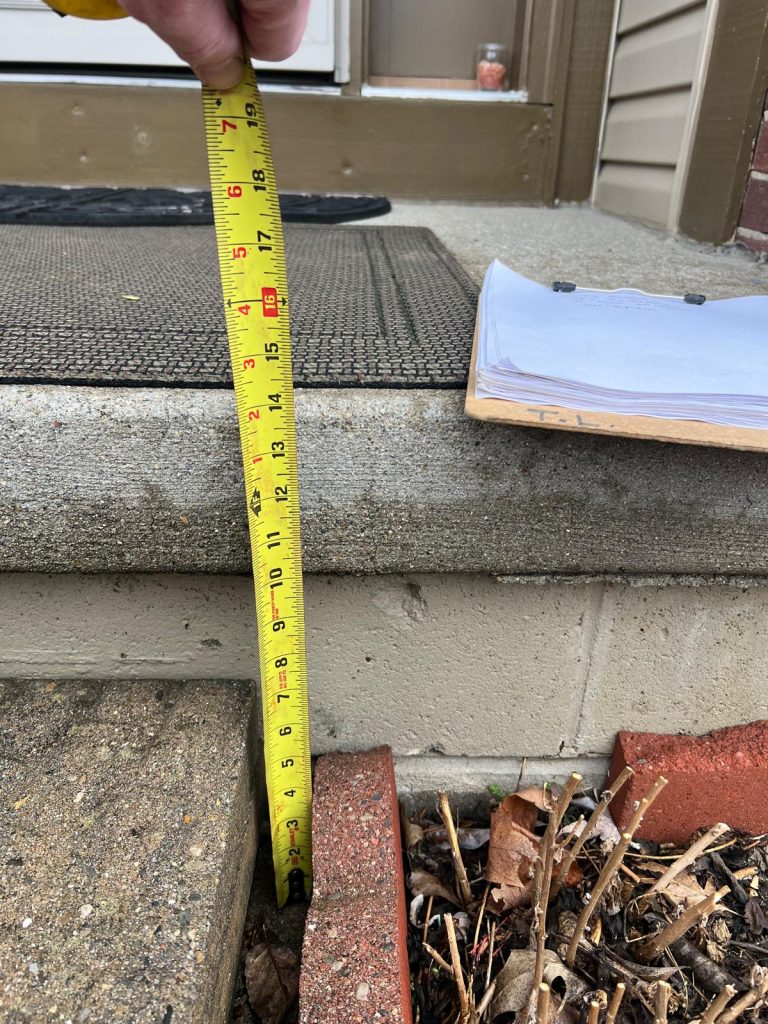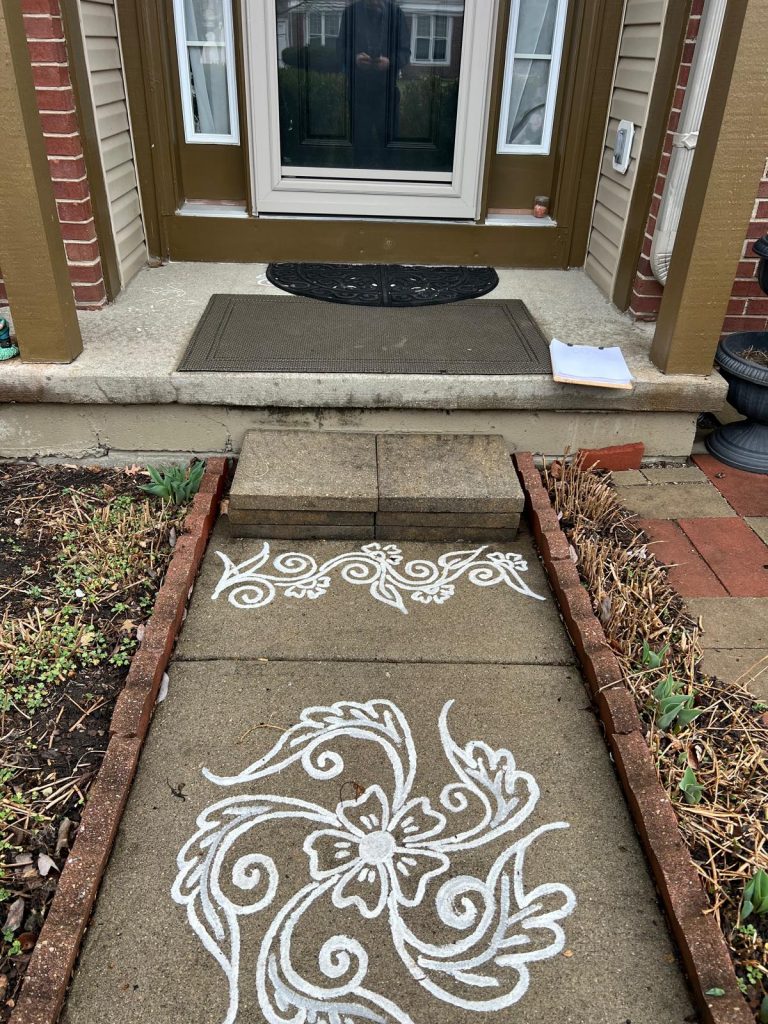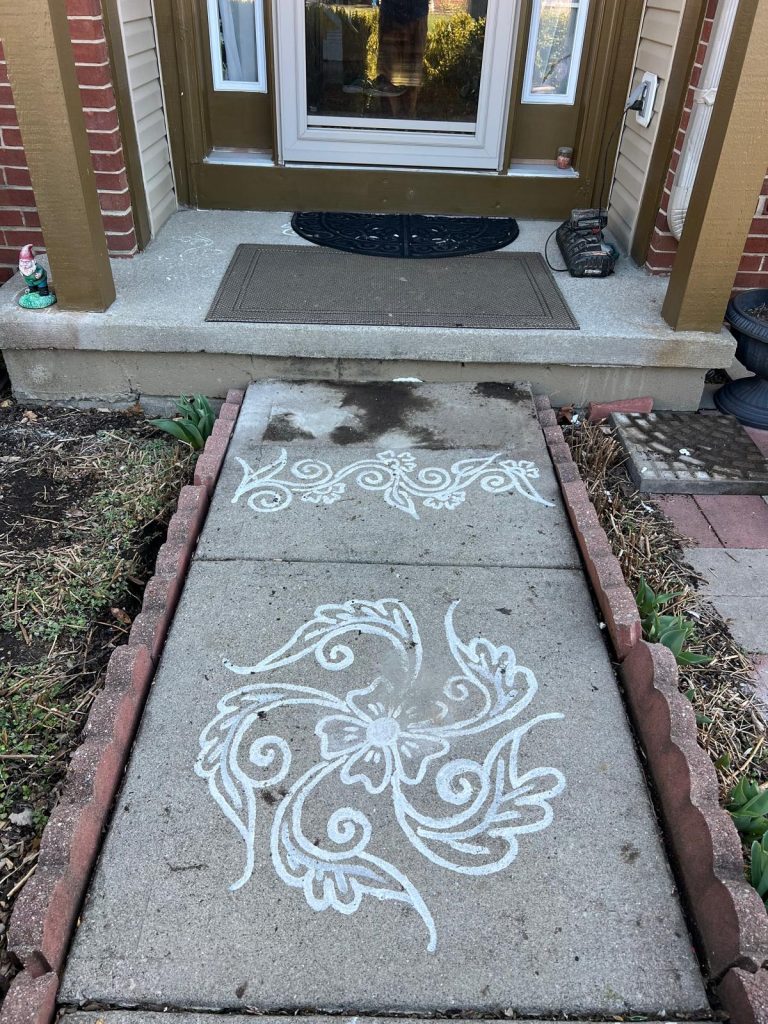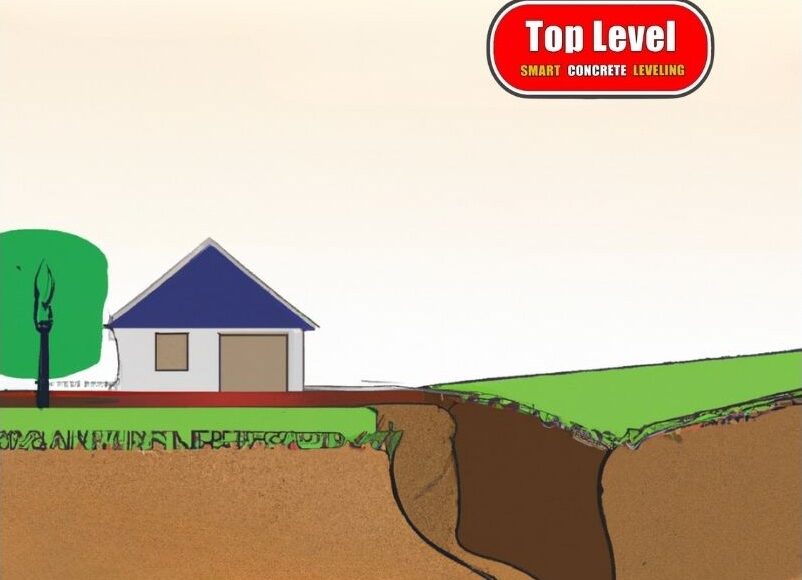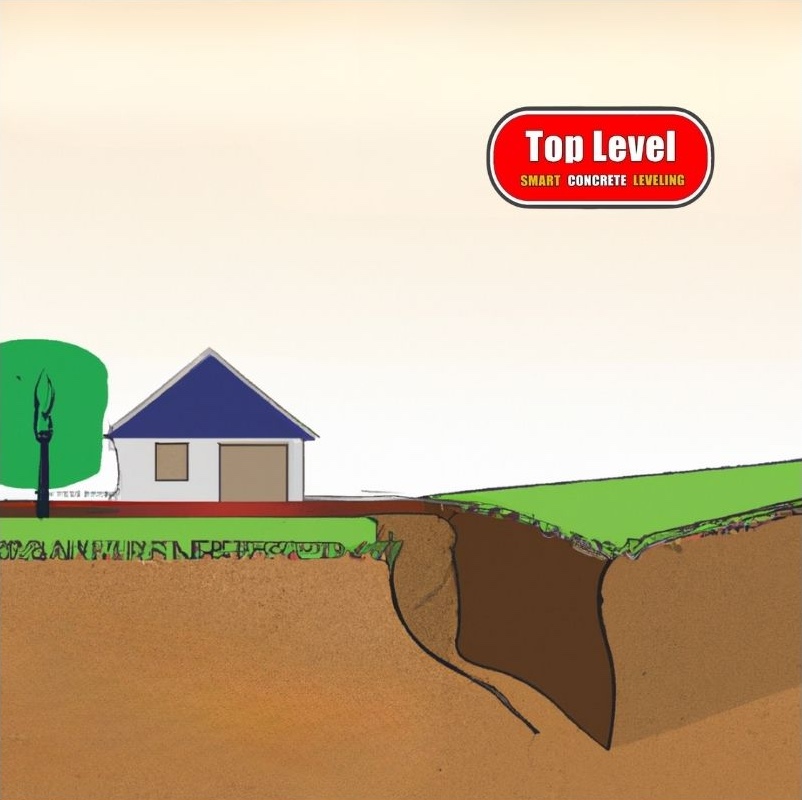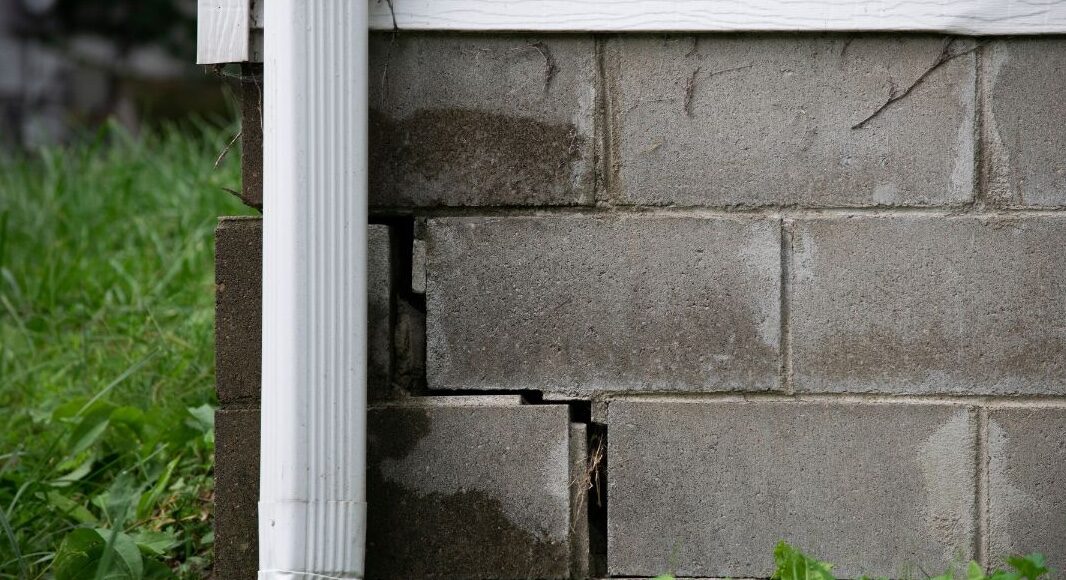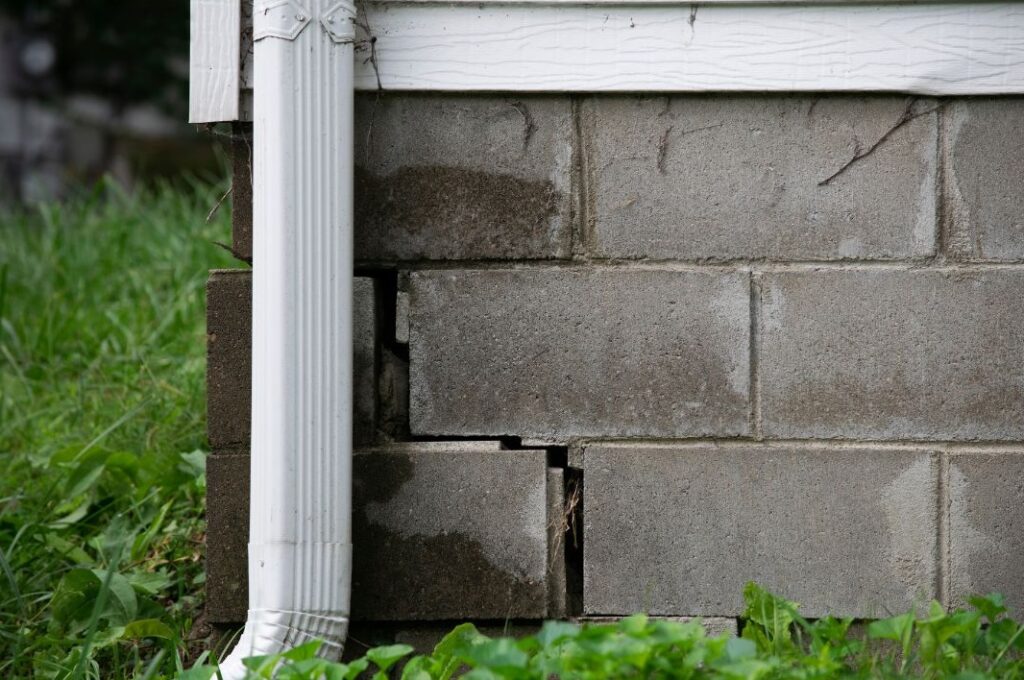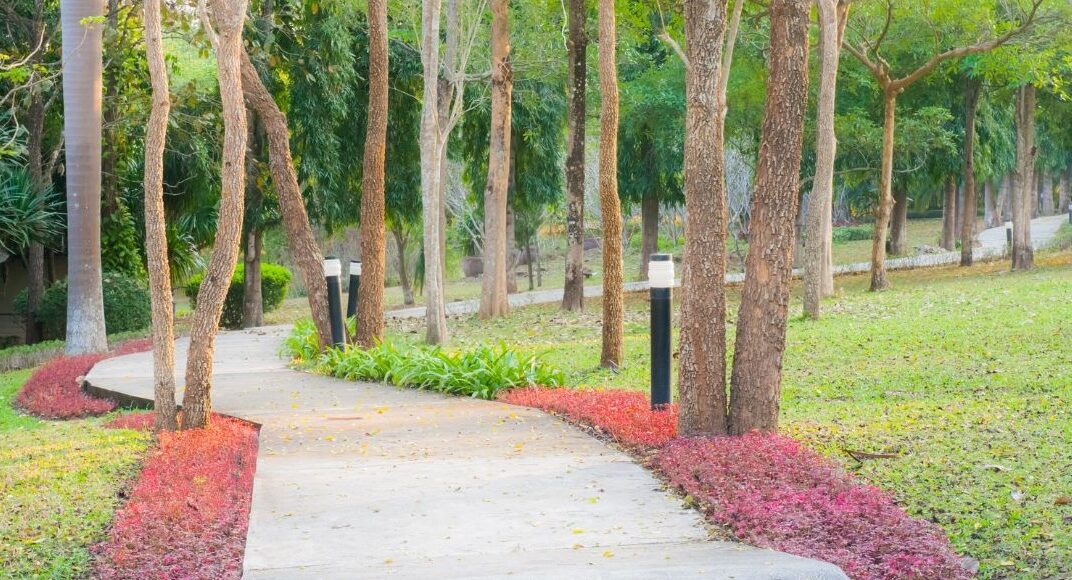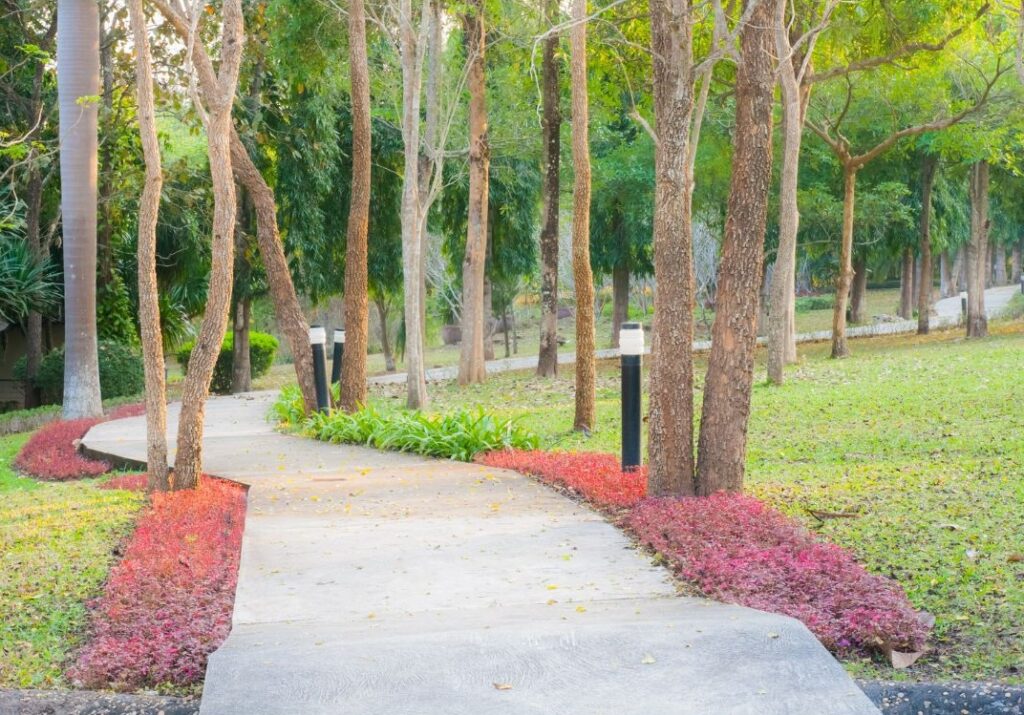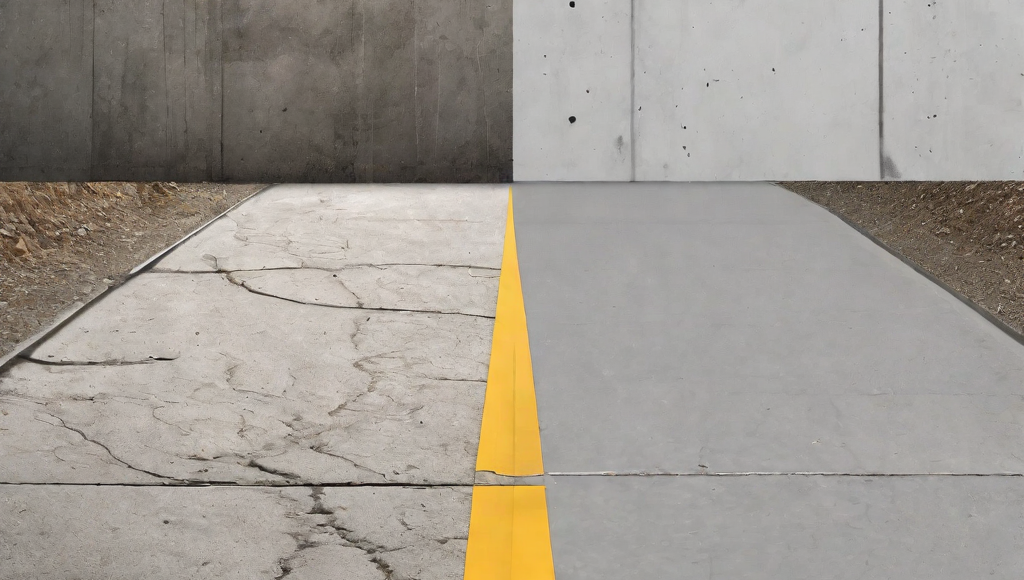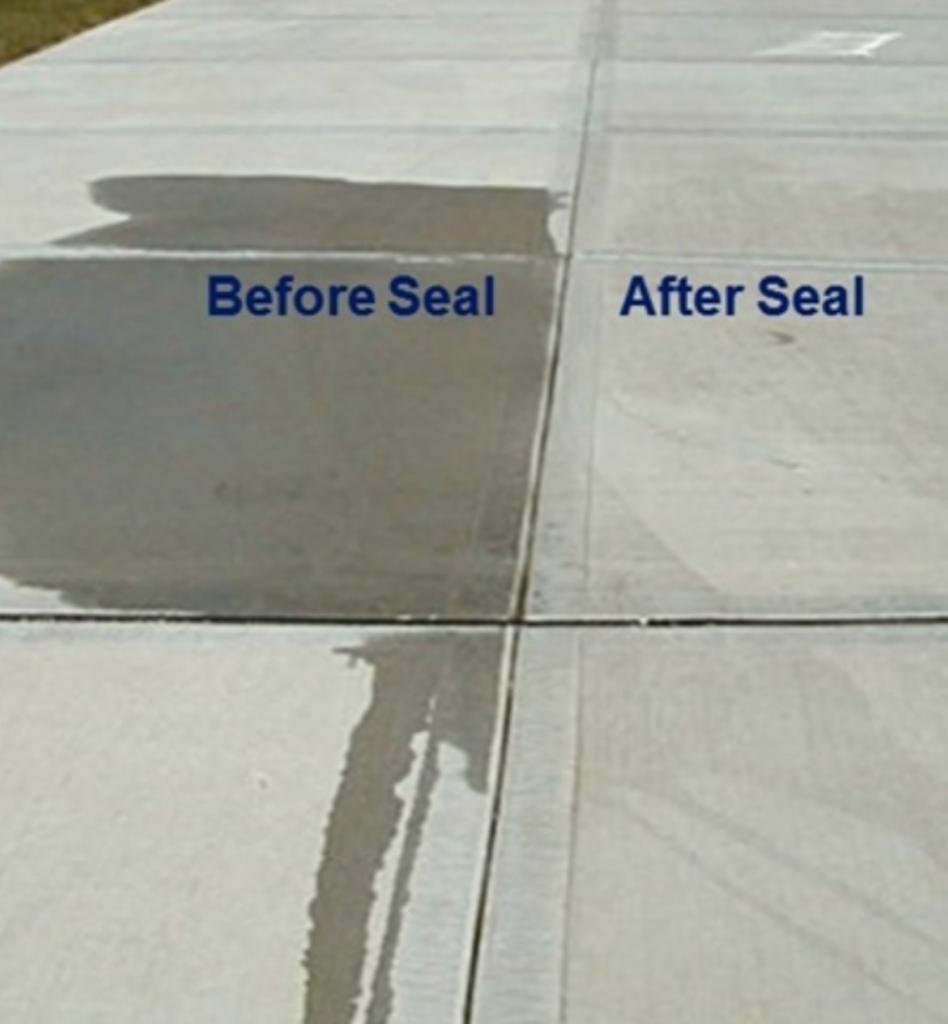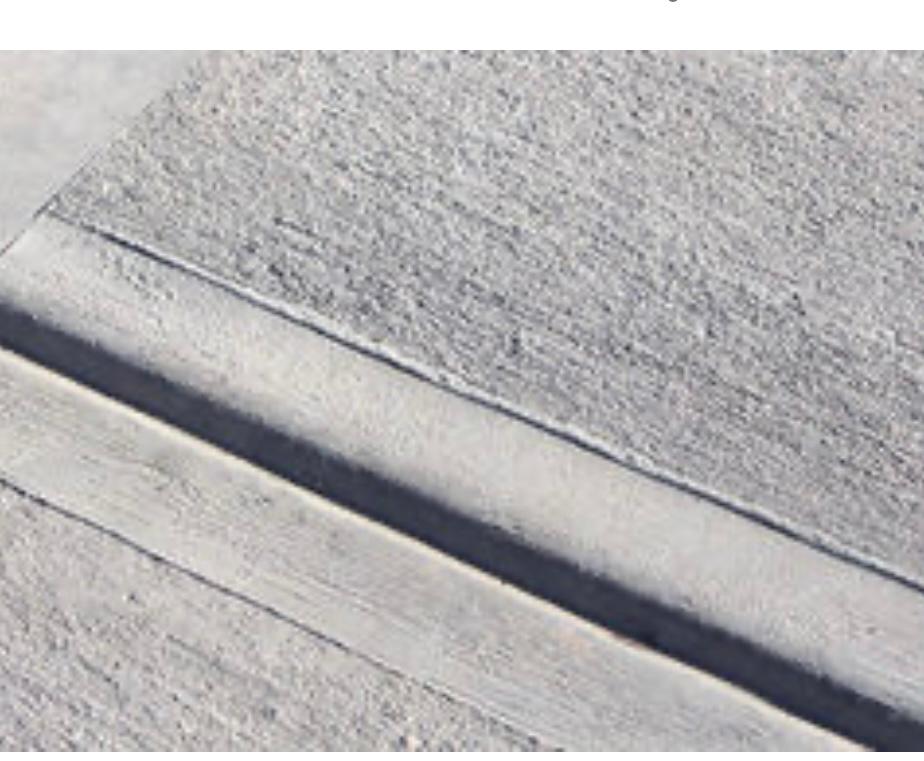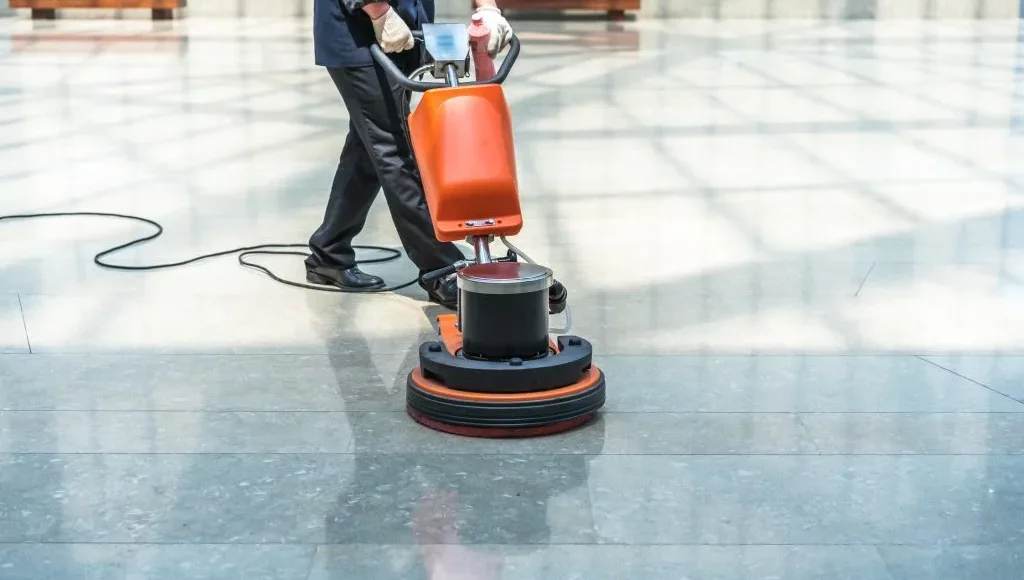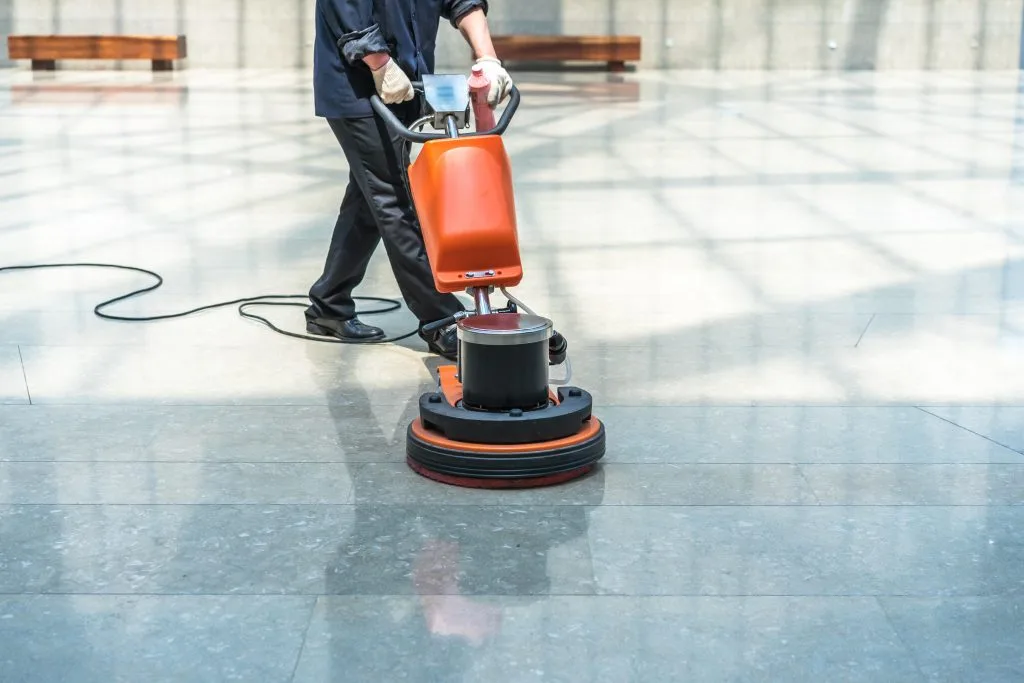Concrete Slab Repair Columbus OH: Fast, Lasting, and Affordable Solutions
Top Level Ohio is your trusted expert for advanced concrete slab repair in Columbus, OH. If you’re dealing with sinking or uneven concrete on your driveway, sidewalk, patio, or basement floor, we offer a modern and cost-effective repair method that restores safety, value, and functionality—without messy replacements.
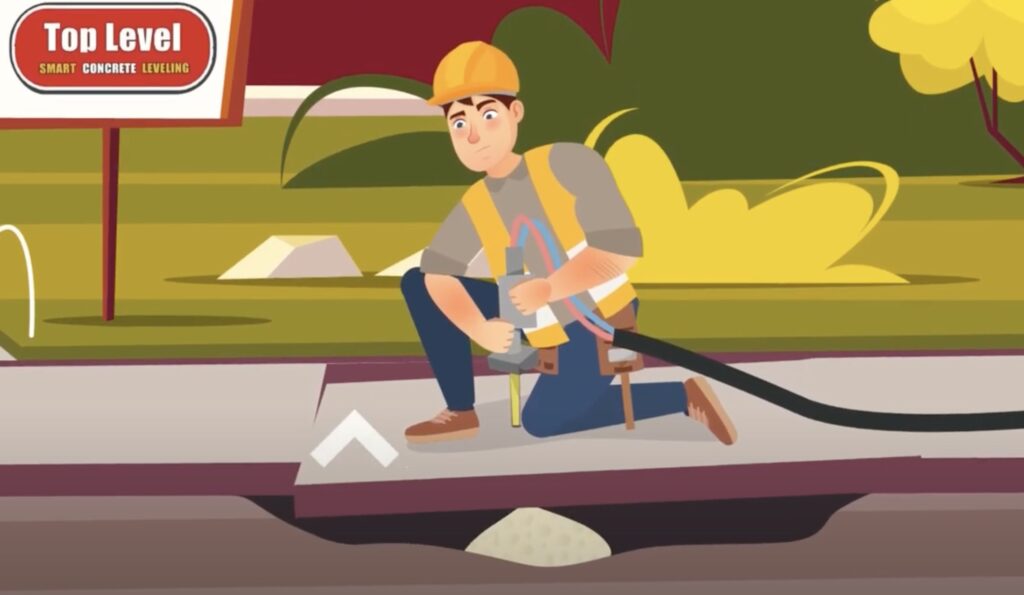
Why Concrete Slabs Crack and Settle
Concrete slabs can shift or crack over time due to:
- Soil erosion and settling
- Water intrusion beneath the slab
- Improper compaction during installation
- Freeze-thaw cycles in Ohio’s climate
- Heavy loads or poor drainage
These issues result in uneven slabs that can become serious safety hazards or lead to structural concerns if not addressed promptly.
Signs You Need Concrete Slab Repair in Columbus OH
Homeowners often overlook early warning signs. You may need slab repair if you notice:
- Visible cracks in your concrete
- Uneven or sunken surfaces
- Water pooling near your foundation
- Gaps between slabs and structures
- Trip hazards or rough transitions
If you’re seeing any of these signs, it’s time to contact Top Level Ohio before the problem escalates.
Our Solution: Polyurethane Foam Injection
We specialize in a fast and non-invasive slab repair technique using polyurethane foam injection. It’s the leading solution for concrete slab repair in Columbus OH.
Our 4-Step Repair Process
- Site Inspection
We assess slab condition and the soil beneath it. - Precision Drilling
We drill small, strategically placed holes into the slab. - Foam Injection
Expanding polyurethane foam is injected below, filling voids and lifting the slab into place. - Surface Sealing
We patch the holes and clean the area—leaving it ready for use the same day.
Benefits of Our Concrete Slab Repair Services
✔️ Quick Completion – Most jobs take just hours
✔️ Durable Results – Our foam is stable and waterproof
✔️ Low Impact – Minimal disturbance to landscape or property
✔️ Eco-Conscious – Safe for soil and groundwater
✔️ Cost-Efficient – A fraction of the cost of replacement
✔️ Immediate Use – Repaired surfaces are ready within minutes
Compared to traditional methods like mudjacking or replacement, our polyurethane injection is cleaner, faster, and longer-lasting.
Residential Applications for Concrete Slab Repair Columbus OH
We provide expert slab repair services across many residential areas and applications:
🏠 Driveway Slab Repair
Eliminate dangerous dips and preserve curb appeal.
🏠 Sidewalk and Walkway Repair
Protect your family and visitors with smooth, even paths.
🏠 Patio and Porch Repair
Restore outdoor spaces for safe use and resale value.
🏠 Basement and Garage Floor Repair
Fix sinking slabs that can cause flooding or foundation issues.
🏠 Pool Deck Leveling
Keep your recreational areas safe and attractive.
Whether your problem is minor settlement or significant sinking, Top Level Ohio has a reliable fix.
Why Choose Top Level Ohio?
With years of experience in concrete slab repair in Columbus OH, we bring a deep understanding of local soil conditions and weather effects.
What sets us apart:
- ✅ Licensed & Insured Team
- ✅ Local Expertise You Can Trust
- ✅ 5-Star Reviews Across Central Ohio
- ✅ Transparent Pricing & Free Estimates
- ✅ Advanced Materials & Equipment
We don’t just fix concrete—we provide peace of mind.
Replacement vs. Repair: What’s Better?
| Factor | Foam Repair (Top Level Ohio) | Full Replacement |
|---|---|---|
| Time Required | 1–2 hours | Multiple days |
| Cost | $$ | $$$$ |
| Disruption | Minimal | Major |
| Environmental Waste | Low | High |
| Longevity | 10+ Years | 10–15 Years |
Don’t rip out your slab—lift it instead! Our method saves time, money, and hassle.
How to Get Started with Concrete Slab Repair Columbus OH
Getting your slab fixed is easy with Top Level Ohio. Here’s what to expect:
Step 1: Schedule a Free Inspection
Call 614-305-1050 or visit toplevelohio.com to book a no-obligation site visit.
Step 2: Receive a Detailed Quote
We provide a written estimate and repair plan tailored to your issue.
Step 3: Quick and Clean Repairs
Our team arrives on time, completes repairs the same day, and cleans up thoroughly.
Step 4: Long-Term Peace of Mind
Your slab is restored, level, and backed by our customer satisfaction guarantee.
Frequently Asked Questions
❓ How long does foam injection repair last?
Polyurethane foam is stable and long-lasting—most repairs last 10–20 years with proper conditions.
❓ Is this method safe for my home?
Absolutely. It’s lightweight, non-toxic, and won’t add stress to your foundation.
❓ How soon can I use the repaired area?
Within 15–30 minutes of completion. There’s virtually no downtime.
❓ Can this be used on commercial slabs?
Yes, we serve both residential and commercial properties in Columbus and beyond.
Contact Us for Expert Concrete Slab Repair Columbus OH
If your concrete slab is cracking, sinking, or uneven—don’t wait. Get the long-lasting fix that saves time and money.
📞 Call Today: 614-305-1050
🌐 Visit: toplevelohio.com
Let Top Level Ohio restore your concrete the smart way—with precision, efficiency, and professionalism.
